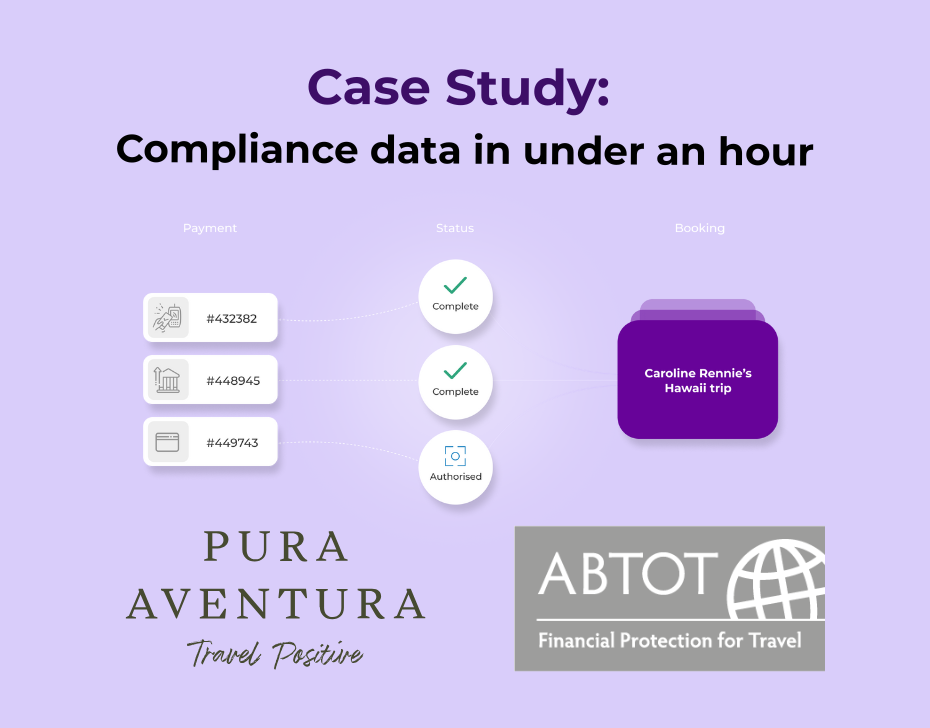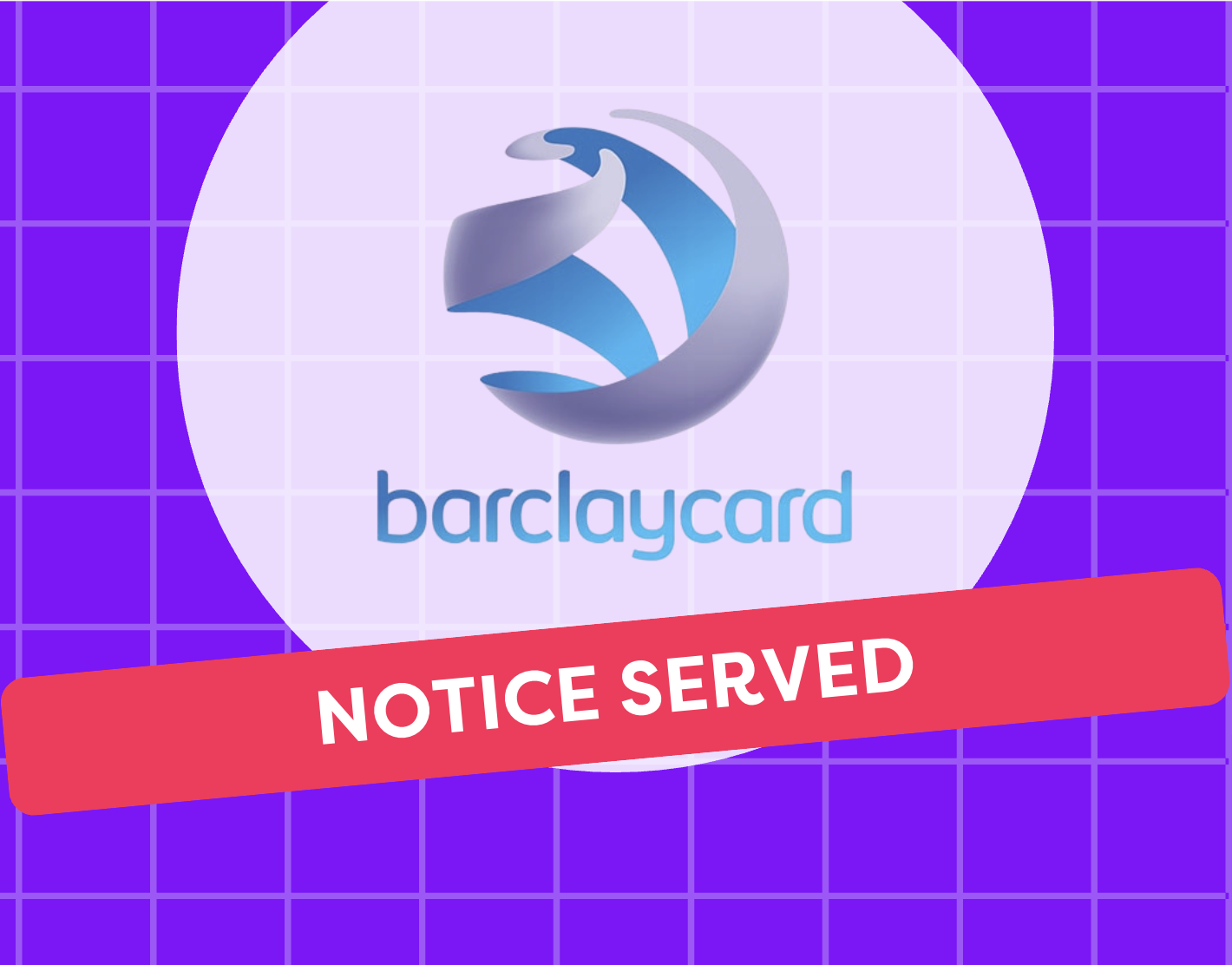The travel industry has always been built on connection. We connect people, places, and experiences every day. But when it comes to technology, the systems that power those connections are often anything but joined up. Payments, bookings, and customer data often sit in separate systems that don’t talk to each other. The result is missed insight, added manual work, and an experience that doesn’t flow as smoothly as it should for customers or staff.
That’s why integration matters. It’s what turns a payment solution from an isolated operational function into a connected process within your business that improves sales efficiency, service quality, and enables data driven decision-making.
The problem: isolated systems create friction
Many travel businesses still treat payments as a simple transaction. A success message from your payment gateway implies the money will move, the booking updates, and that’s it. But in reality, every payment carries data that can make the whole business smarter - if it’s connected.
When systems are isolated, teams spend hours manually reconciling data, checking bank statements, and processing refunds. Refunds, in particular, are a good example of how disconnected systems slow everything down. The salesperson gets the first request, the finance team approves it, and the customer waits. Everyone in the chain wants what’s best for the customer, but nothing’s connected.
The opportunity: connected systems, smoother operations
When payments are integrated with booking, CRM, and finance platforms, all of that changes. The data moves automatically, creating a real-time picture of what’s been paid, what’s due, and what needs attention.
It also enables smarter workflows. Refunds can be raised by the frontline team member who first speaks to the customer, with automatic permission flows to the right authoriser. That could be a manager, financial controller, or trustee - whoever needs to sign off. Once approved, the funds go straight back to the customer’s original card.
The result is a transparent end-to-end experience for both teams and travellers. Customers are kept informed, staff spend less time chasing authorisations, and payments are managed with accuracy from initiation to refund.
Enabling sales, not just finance
Integration isn’t just about operational efficiency. It directly supports your frontline sales and service teams.
A leading telesales operator recently moved from taking all card payments over the phone to using secure payment links for the majority of their payments. The impact was immediate. Fraud chargeback cases dropped by 89%, customers could pay at their convenience, and the sales team could focus on closing bookings rather than typing out card numbers.
Others are going a step further with self-service options. By integrating payment plans and online balance payments into their booking systems and websites, customers can pay off their holidays in their own time. This flexibility improves conversion rates and reduces time spent chasing balances.
Wherever customers discover their holidays - whether through a booking platform, a Wix or WordPress site, or over the phone chatting with your experts - having the payment experience embedded right there makes all the difference. It meets the customer where they are, not where your back-office system wants them to be.
Bringing the bank into your workflow
One of the most powerful examples of connected payment in practice comes from connecting directly to your business bank account using account information services (AIS).
This is where open banking meets operations. By reading the business’s bank account (with full consent and security), AIS lets teams identify inbound bank transfers from customers in real time - without needing to log into the bank or share credentials. For high-value operators, where a large proportion of payments are made via direct bank transfer, this saves hours every week and gives frontline sales teams immediate visibility of who has paid.
It’s especially valuable for businesses where customer trust is key and card processing costs can be significant. Rather than relying solely on card payments, operators can confidently accept bank transfers while maintaining the same visibility and speed of confirmation.
AIS also connects to your other income flows to your bank account. For example when a lump sum lands in your account - a batch settlement from the acquirer - the connected bank account will verify that the funds have arrived in the account and match the expected value. It closes the loop between payment initiation, settlement, and banking - creating a single, connected financial picture.
This kind of connectivity bridges a critical gap in travel finance, bringing the bank back into the day-to-day workflows of the business.
Start light, scale smart
Integration doesn’t always need to start with a deep, expensive technical project. Tools like Zapier make it easy to test connections between systems before committing development time.
We often see businesses pilot with lightweight automations first - connecting their CRM to felloh, for example, to generate payment links automatically or record payments in a shared spreadsheet. Once the value is proven and the workflow refined, deeper integrations follow, delivering bigger efficiencies at lower long-term cost.
That “test first, optimise later” approach saves time, budget, and frustration. It also gives teams confidence that each new integration actually supports how they work day-to-day.
Seeing the whole picture
The benefit of all this connectivity is visibility. A connected payment ecosystem gives you real-time clarity on where your money is, what’s been settled, and what’s still in motion. It makes reporting easier, forecasting smarter, and daily decisions more data-driven.
When your systems talk to each other, you can see the whole picture - not just the transaction.
Integration isn’t just about technology. It’s about giving your teams the tools to deliver better experiences and make smarter decisions. For travel businesses, where payments touch every part of the operation, connected systems are what keep everything moving - seamlessly, safely, and at scale.










.svg)

.png)


.svg)

.svg)


.svg)
.avif)


.png)


.png)
.png)
.png)








